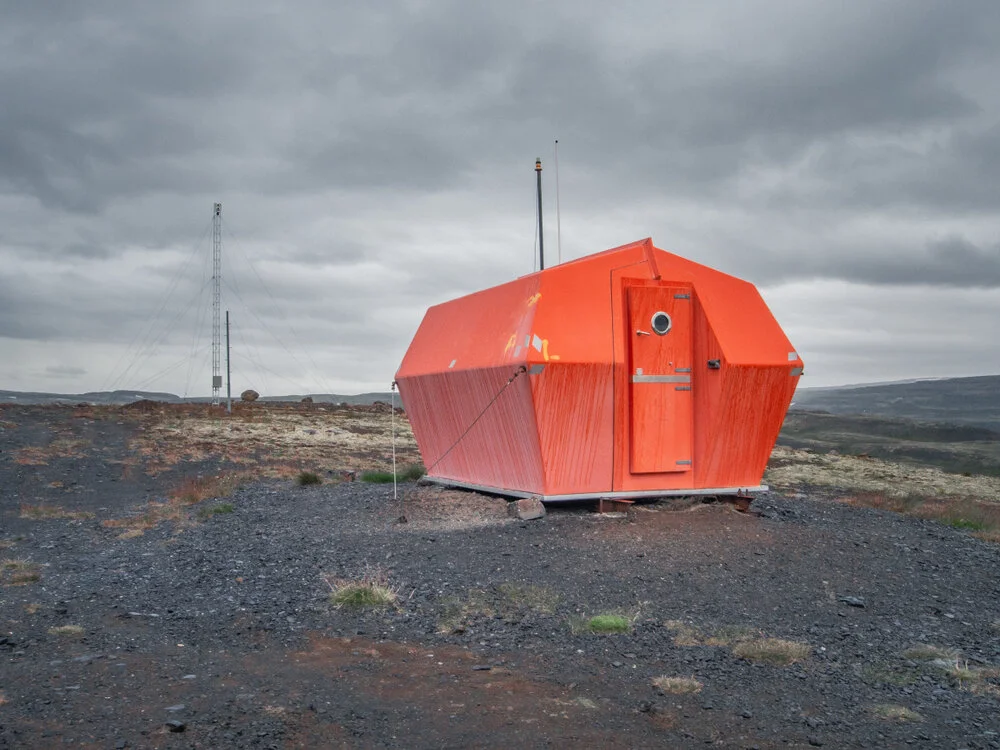Why Strom Shelters Are Beneficial for Family?
Do you have a safe place to take shelter when a tornado or hurricane strikes? Within seconds, will you get there? During a destructive storm, a safe room or storm shelter may provide life-saving security, especially for the people living without basements. Generally, after an outbreak of tornadoes, the popularity of secure rooms is growing and orders are backlogged for months in some regions.
The best place to be is underground during a tornado. Basements provide outstanding security, but are still vulnerable to collapsing debris from above. The most effective protection from severe storms is provided by underground storm shelters, but it may not be possible to install them in flood-prone areas.
A secure room is different from your standard in-ground shelter, but it provides the same advantage. A safe room is described by the Federal Emergency Management Agency (FEMA) as "a structure that provides almost great protection from harsh storms." All safe rooms are designed in compliance with federal laws and must meet strict safety requirements.
Each safe room is designed to withstand winds of 250 mph and more than 3,000 pounds of force, more than an EF-5 tornado. Usually, they're built in basements or garages. To provide the highest degree of safety from wind, a traditional safe room is constructed of steel and fiberglass. As anchors, both shelters often use concrete foundations.
There are two styles - above and below ground - when it comes to secure rooms. The same criteria must be met by all types of shelters and they are constructed of the same materials. Below the ground shelters own a small advantage because the sides of the shelter, just the roof, will not be damaged by debris from a storm or hurricane. However, you also take the risk, in an underground safe space, that your one and only escape could be blocked. Shelters above ground do not have this problem, but on all sides, they can be hit with debris. There are benefits and drawbacks of both types of safe rooms, but the important thing to note is that they both have the same degree of security. To help you remain aware and updated, make sure you have a NOAA weather warning radio in your shelter, along with other recommended emergency supplies.
Be sure to weigh the various costs and benefits if you are considering building a storm shelter in your home. Check with the company during the construction process to make sure it is consistent with all safety requirements of FEMA and NSSA. To ensure quality, secure rooms are not monitored by any regulatory body, so it's always safer to go with a trusted local company. See us at EF5 Tornado Shelter in OKC for details.


